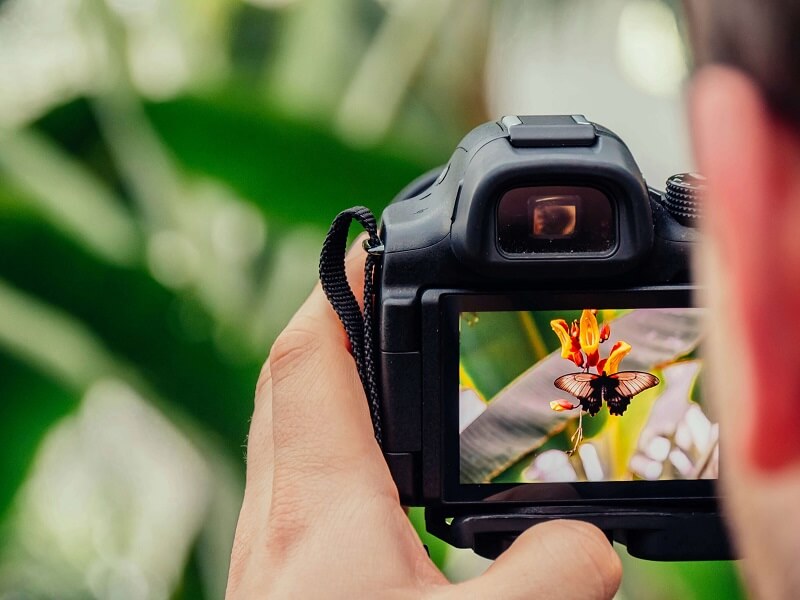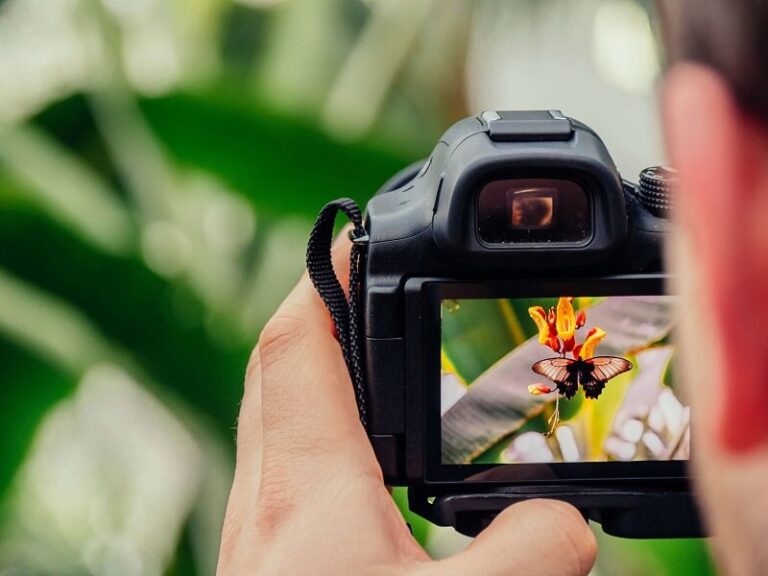Portrait photography is a captivating and rewarding genre that allows you to capture the essence and personality of your subjects. Whether you’re a budding photographer looking to improve your skills or just interested in taking better portraits, this article will provide you with essential tips to get started on the right foot.
Understanding Equipment and Settings
Before diving into portrait photography, it’s crucial to familiarize yourself with your camera and its settings. While a high-end DSLR can offer more control and versatility, even a smartphone can produce stunning portraits with the right techniques. Learn about aperture, shutter speed, ISO, and white balance settings, as they play a crucial role in achieving the desired look and feel of your portraits.
Choosing the Right Location and Lighting
The location and lighting are key factors that can make or break a portrait. When selecting a location, consider the mood and style you want to convey. Natural light is often flattering and readily available, so shoot during the golden hours (early morning or late afternoon) for soft, warm light. Alternatively, experiment with studio lighting setups for full control over your lighting.
Composition and Framing
Composition is an art in itself. Pay attention to elements such as framing, rule of thirds, leading lines, and negative space to create visually appealing portraits. Experiment with different angles and perspectives to find the most flattering and engaging compositions for your subjects.
Posing and Directing Your Subjects
Posing is a crucial aspect of portrait photography, and it can greatly influence the final result. Communicate clearly with your subjects and provide guidance on how to pose naturally. Encourage them to relax, smile genuinely, and engage with the camera. Candid moments often produce the most authentic and captivating portraits.
Editing and Post-Processing
Editing and post-processing are essential steps in enhancing your portraits. Software like Adobe Lightroom and Photoshop can help you adjust exposure, contrast, color balance, and retouch skin imperfections. However, remember that less is often more when it comes to retouching; aim for a natural look that maintains the authenticity of your subjects.
Conclusion
Portrait photography is a rewarding journey that allows you to capture the beauty and character of individuals. By understanding your equipment and settings, choosing the right location and lighting, mastering composition and framing, directing your subjects effectively, and using post-processing techniques judiciously, you can create stunning portraits that tell stories and evoke emotions. Practice, experimentation, and a genuine connection with your subjects will be your greatest allies in your quest to become a proficient portrait photographer. So, grab your camera, explore these tips, and embark on your exciting journey into the world of portrait photography. With dedication and creativity, you can capture the essence of your subjects and create compelling portraits that leave a lasting impression.




